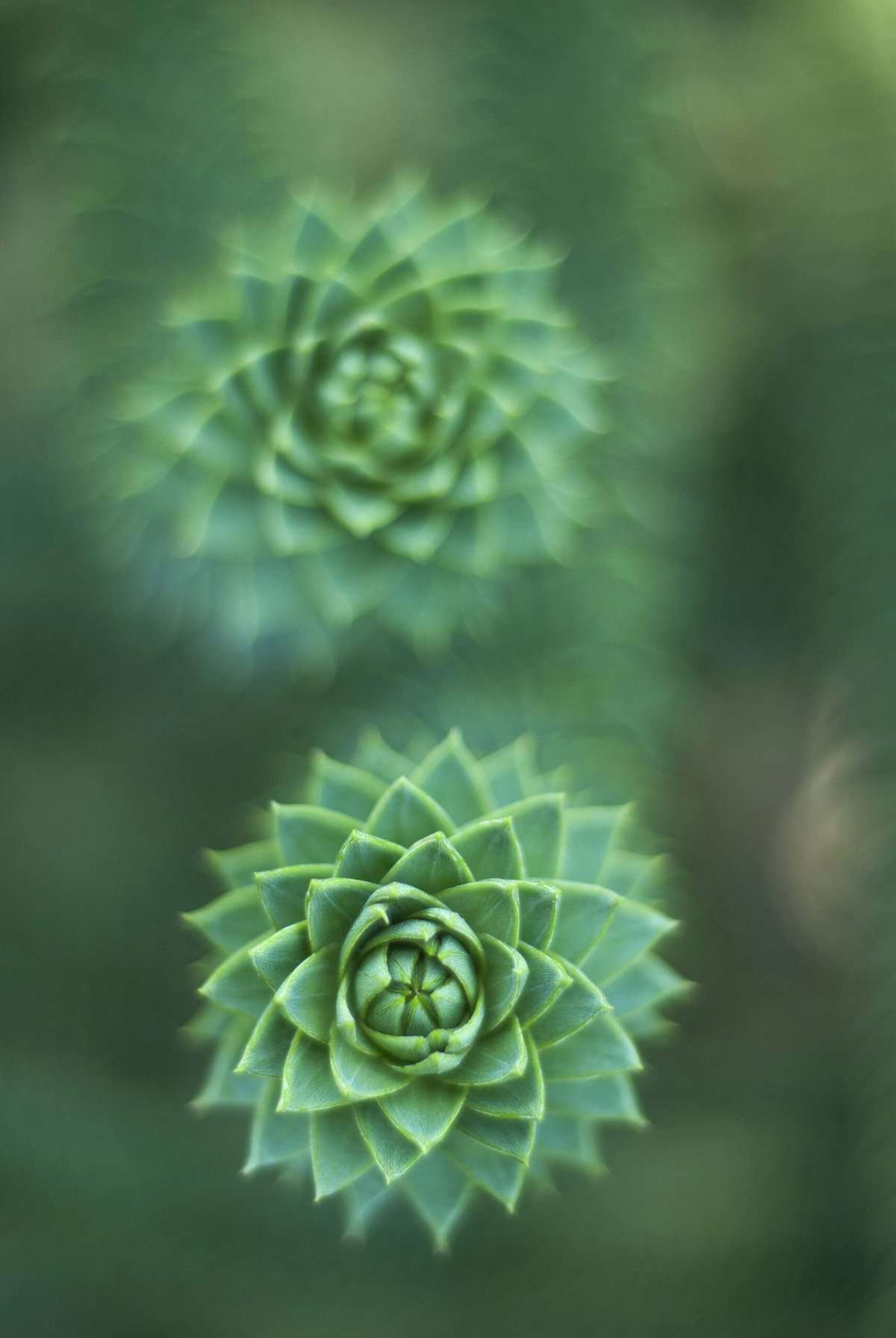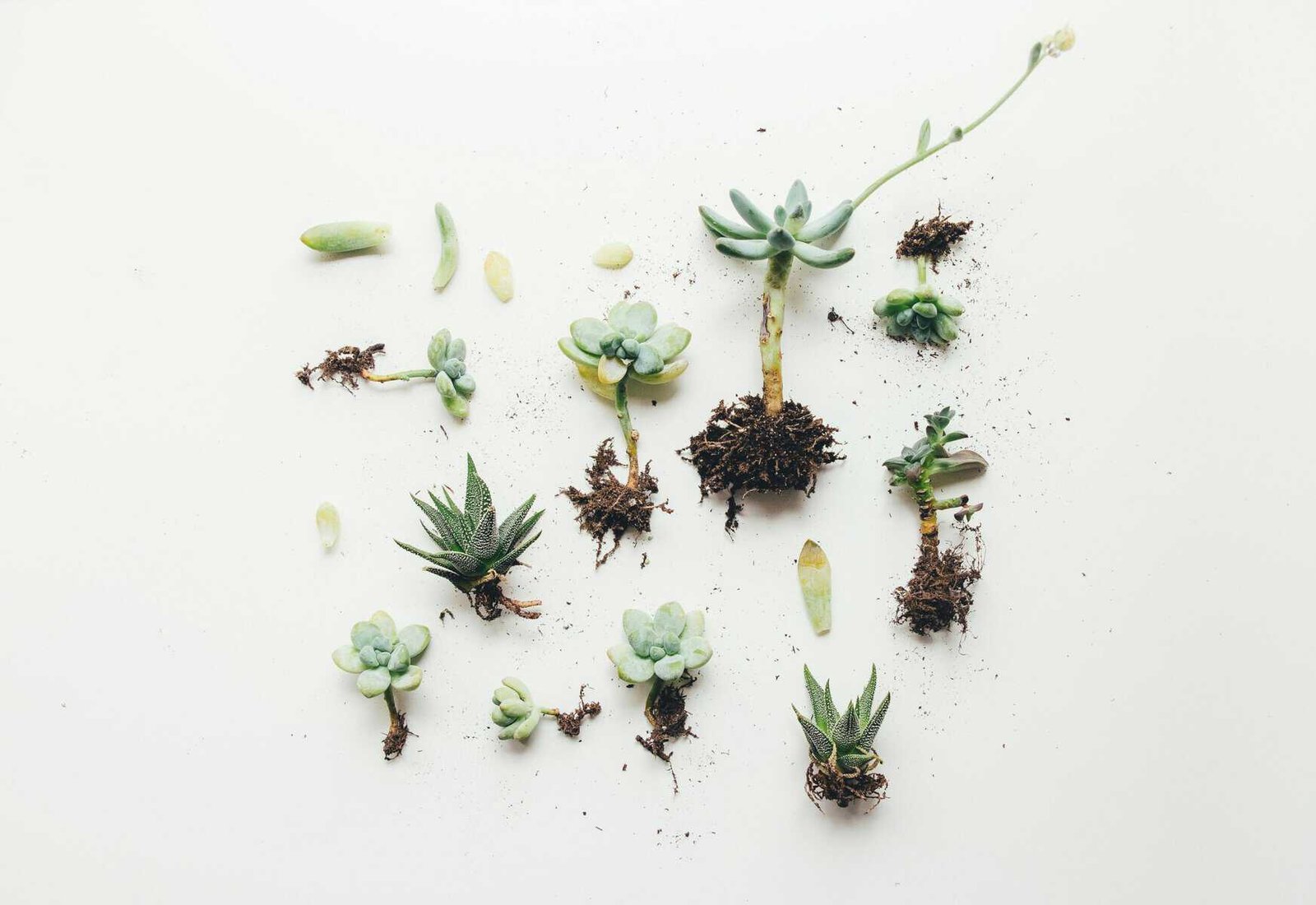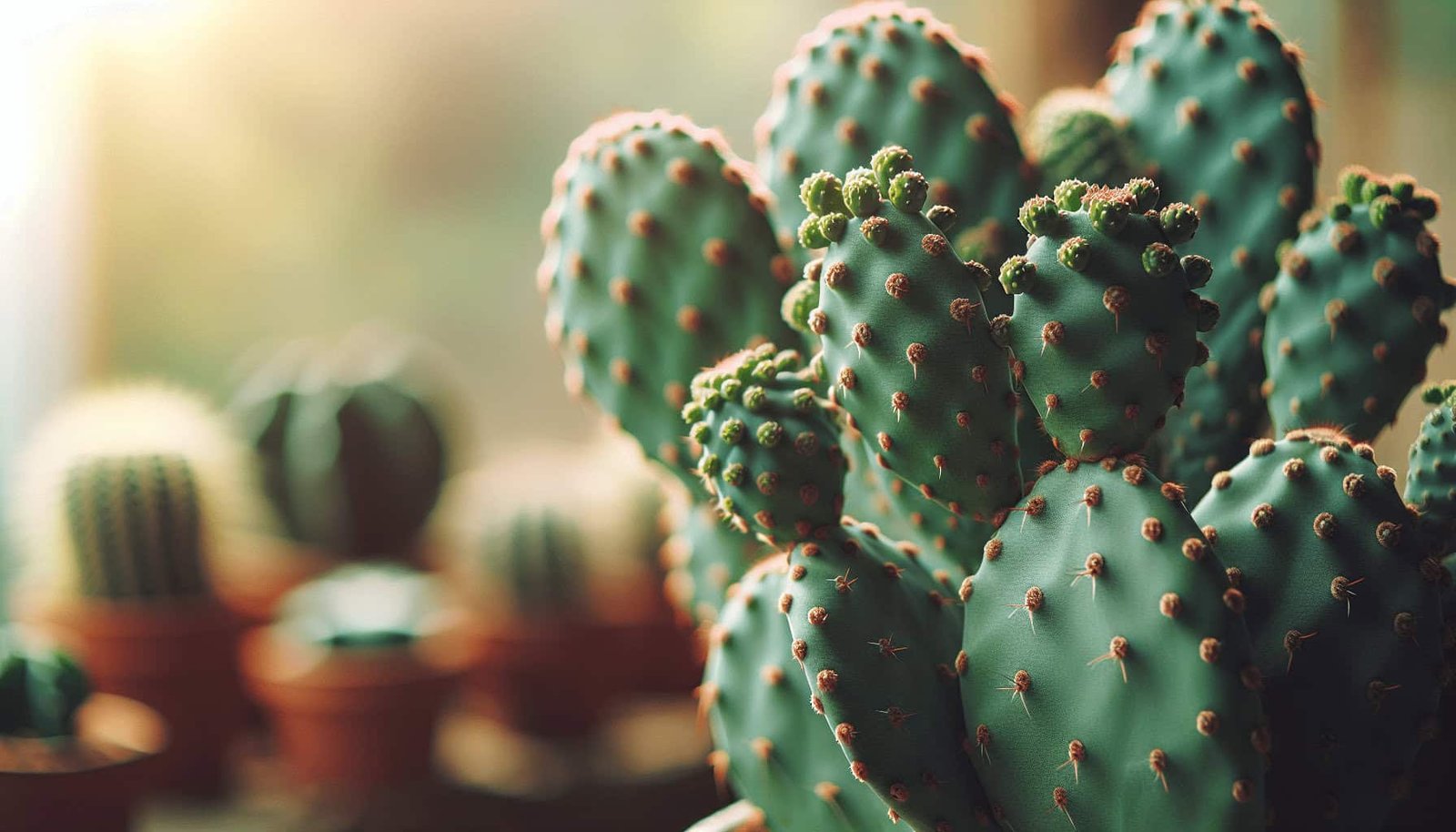Have you ever wondered how to prepare Nopal cactus for transplanting? If so, you’re certainly not alone! Nopal cactus, also known as prickly pear, is a resilient and versatile plant that many garden enthusiasts are eager to grow. It’s both beautiful and functional, serving ornamental purposes and providing edible pads and fruits. However, transplanting this unique plant requires some special considerations to ensure it thrives in its new environment. Let’s walk through everything you need to know to make your Nopal cactus transplanting venture a success.
Understanding Nopal Cactus
Before jumping into the transplanting process, it’s crucial to understand what makes the Nopal cactus unique. Native to the Americas, this cactus thrives in arid and semi-arid climates. Known for its segmented stems, which are commonly referred to as pads or cladodes, and its vibrant flowers and fruits, the Nopal cactus is not only a garden staple but also a culinary delight.
Benefits of Growing Nopal Cactus
Why would you want to transplant Nopal cactus in your garden? There are numerous benefits:
- Low Maintenance: Once established, these plants require minimal care.
- Edible: The pads and fruits are nutritious and can be used in various dishes.
- Drought Tolerant: Perfect for water-wise gardening.
- Pollinator Friendly: The flowers attract bees and other beneficial insects.
Understanding these benefits will motivate you to give your Nopal cactus the best start in its new location.
Selecting the Right Location
Choosing the right spot for transplanting is crucial for the success of your Nopal cactus. It’s not just about where it fits visually in your garden, but also about where it will thrive.
Sunlight Requirements
Nopal cactus thrives in full sun. It needs at least six hours of direct sunlight per day. Choose a spot that gets ample sunlight to ensure healthy growth and maximum fruit production.
Soil Conditions
The ideal soil for planting Nopal cactus is well-draining and slightly sandy. Poorly draining soil can lead to root rot, which is a common ailment for cacti. Adding gravel or coarse sand to the planting area can improve drainage.
Climate Considerations
While Nopal cactus is drought-tolerant, it can also withstand occasional frost. However, consistently cold climates are not suitable. If you live in a region with harsh winters, consider planting your cactus in a container that can be moved indoors.

Tools and Materials Needed
Having the right tools and materials on hand will make the transplanting process more efficient and less stressful for both you and your plant. Here’s a list of what you’ll need:
| Tool/Material | Purpose |
|---|---|
| Gloves | To protect your hands from spines |
| Shovel | For digging the new planting hole |
| Pruning Shears | For trimming and preparing the cactus |
| Rooting Hormone | To encourage root growth (optional) |
| Potting Mix | A well-draining mix for cacti and succulents |
| Watering Can | For watering the newly transplanted cactus |
| Mulch | To help retain moisture (optional) |
Steps to Prepare Nopal Cactus for Transplanting
Let’s dive into the actual steps to prepare your Nopal cactus for transplanting. With patience and care, you’ll set your cactus up for success in its new home.
Step 1: Watering the Cactus
A well-hydrated cactus is easier to transplant. Water the Nopal cactus thoroughly a couple of days before you plan to transplant it. This not only makes the cactus more pliable but also helps reduce transplant shock.
Step 2: Pruning and Trimming
Use pruning shears to remove any damaged or unhealthy pads. Trimming the cactus helps reduce the stress on its root system and makes it easier to handle. Be careful to retain the healthy pads which will help the plant establish quickly.
Step 3: Digging Up the Cactus
Wear your gloves to protect your hands from the cactus spines. Use a shovel to carefully dig around the root ball, making sure to preserve as many roots as possible. Once you’ve dug around the perimeter, gently lift the cactus from the soil. If it’s large, you might need an extra pair of hands.
Step 4: Applying Rooting Hormone (Optional)
If you’re concerned about root development, dip the roots in a rooting hormone powder to encourage quicker establishment in the new location. This step is optional but can be beneficial, especially if the root system was damaged during the digging process.

Transplanting the Nopal Cactus
Now that you have prepared your Nopal cactus, it’s time to move it to its new home. Follow these steps to ensure a successful transplant.
Step 1: Preparing the New Planting Hole
The new hole should be twice as wide and just as deep as the root ball of your cactus. Mix in some coarse sand or gravel to ensure good drainage. If you’re planting in a container, fill it with a well-draining potting mix designed for cacti and succulents.
Step 2: Placing the Cactus in the Hole
Gently place the Nopal cactus in the new hole, spreading out the roots in their natural orientation. Make sure the cactus is positioned upright and at the same depth it was previously growing. Backfill with the soil mixture, pressing down gently to eliminate air pockets.
Step 3: Watering the Transplanted Cactus
Water the cactus lightly after transplanting to help settle the soil around the roots. Avoid overwatering as this can lead to root rot. In the first week, check the soil moisture and water sparingly until the cactus shows new growth.
Step 4: Mulching (Optional)
Mulching around the base of the cactus can help retain moisture and stabilize soil temperature. Use organic mulch such as wood chips, but keep it away from the base of the cactus to prevent rot.
Caring for Your Transplanted Nopal Cactus
Once your Nopal cactus is in its new location, ongoing care is essential to ensure it thrives. Here’s what you need to focus on.
Watering Schedule
In the weeks following the transplant, resist the urge to overwater. A newly transplanted cactus needs time to establish its roots. Water sparingly and only when the top inch of soil feels dry to the touch.
Light and Temperature Management
Ensure your cactus continues to receive ample sunlight. If you notice any signs of sunburn (such as discoloration or spotting), provide some temporary shade until the cactus acclimates to its new environment.
Fertilization
Nopal cactus generally doesn’t require a lot of fertilization. However, an occasional feeding with a balanced, diluted fertilizer designed for cacti can promote healthy growth. Apply it during the growing season, which usually spans from spring to late summer.
Pest and Disease Control
Keep an eye out for common pests such as aphids and mealybugs. Use insecticidal soap or neem oil to treat infestations. Additionally, inspect the cactus regularly for signs of fungal infections, which can be treated with a fungicide.

Common Mistakes to Avoid
Even with the best intentions, mistakes can happen. Here are some common pitfalls to avoid when transplanting your Nopal cactus.
Overwatering
One of the most common mistakes is overwatering, especially immediately after transplanting. Excess moisture can lead to root rot, which is often fatal for cacti. Stick to a conservative watering schedule to avoid this issue.
Poor Soil Preparation
Inadequate soil drainage is another common mistake. Always ensure your soil mix is well-draining to prevent water from pooling around the roots.
Inadequate Sunlight
While Nopal cactus is hardy, it needs sufficient sunlight to thrive. Placing it in a shady area or in a spot with inconsistent sunlight can stunt its growth and reduce fruit production.
Ignoring Pests
Pests can quickly ruin a healthy cactus. Regular inspections and prompt treatment are essential to keep your cactus pest-free.
Long-Term Maintenance
After your Nopal cactus has settled into its new home, long-term maintenance is relatively straightforward. Continued care will keep it healthy and productive for years to come.
Seasonal Care
Different seasons require different care techniques. During the growing season (spring to fall), water the cactus more frequently and offer occasional fertilization. In winter, reduce watering and protect the cactus from frost if you live in a colder climate.
Pruning and Harvesting
Regular pruning will keep your cactus in shape and encourage new growth. You can also harvest the pads and fruits for culinary uses. Use clean, sharp tools to make clean cuts and prevent infection.
Monitoring Growth
Consistently monitor your cactus for signs of stress, such as yellowing pads or stunted growth. Address issues promptly to ensure the continued health of your plant.

The Joy of Growing Nopal Cactus
Transplanting and caring for Nopal cactus can be a deeply rewarding experience. With its low-maintenance needs and myriad benefits, it can be a perfect addition to your garden. Not only will you enjoy its unique aesthetic and delicious fruits, but you’ll also contribute to a more sustainable, water-wise garden.
If you’ve followed these steps, you’re well on your way to becoming a successful Nopal cactus grower. Embrace the journey, and happy gardening!

